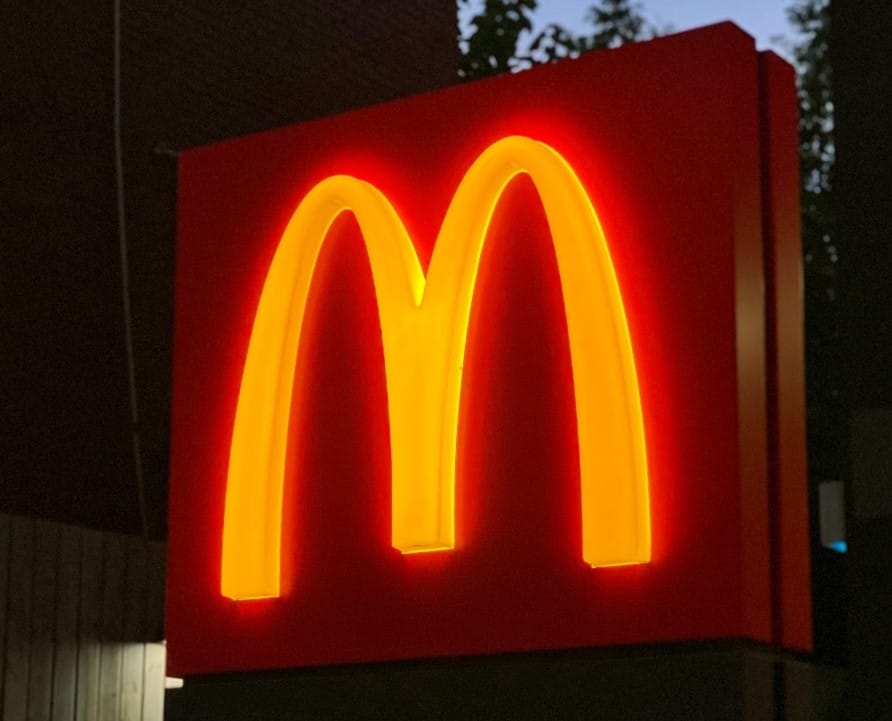Dave Trott once said: “Without a mnemonic to differentiate your brand, you’re just doing an ad for the category”. You might have a great brand story, but unless you do something to help people remember your brand, you might as well not have bothered.
So, when we’re talking mnemonics what are we really talking about?
Let’s start with a definition.
mne·mon·ic
[nɪˈmɒnɪk]NOUN: a system such as a pattern of letters, ideas, or associations which assists in remembering something
ADJECTIVE: aiding or designed to aid the memory.
So, if we want to remember the musical notes EGBDF, we could append words to the letters to help. Every Good Boy Deserves Fun.
Richard Of York Gave Battle In Vain = Colours of the rainbow.
And so on.
We use mnemonics all the time without really knowing it.
My father-in-law knows lots of people in Caerphilly. Many of them called Dai.
If he comes home and tells my mother-in-law that he just bumped into Dai in M&S, she wouldn’t know who he was talking about. There are probably 20 possibilities.
But if he says he just met Dai Endhouse, they’re immediately on the same page.
To clarify, Dai lives in the house at the end of the street.
And then there’s Tommy Upandown. But let’s not get into that.
So that’s why we give our friends nicknames; it’s a way to quickly identify and differentiate the person we’re talking about.
It’s a mnemonic.
A shortcut for our memory.
And it’s exactly what every brand needs.
Why brands use mnemonics
Anyone who’s read these blog pages before will know that we live in an overcommunicated society. I’ve said it often enough.
Every single day, we’re exposed to thousands of pieces of information, thousands of marketing messages, thousands of brands trying to sell us shit we don’t need. We just can’t remember it all.
Obviously, that’s a problem for a brand.
Why spend a shed-load of time and effort creating content and a shit-tonne of money buying media space, if no-one remembers your brand afterwards?
The point?
We’re in the business of making people remember us.
Memorable brands use mnemonics.
Types of Mnemonics in advertising
There are many types of mnemonic – it’s not just about applying words to acronyms. And many brand use more than one type. Consider the following:
McDonald’s: That earworm of a whistle just before the phrase ‘I’m loving it’. You can hear one or the other without even seeing the golden arches and still know the brand. That’s three mnemonics in one example.
Intel: Use of alliteration, Intel Inside. Combined with another jingle.
Kentucky Fried Chicken: Shortened to KFC. It’s a memory-aide.
Heinz Beans: Beanz Meanz Heinz, a rhyming slogan with or without the 3-note tune that makes the idea even stickier.
Direct Line: A telephone on wheels and a jingle that used to set my teeth on edge.
Nike: A simple visual symbol, combined with a repeated idea, ‘Just do it’.
Think about it, every really successful brand has something memorable about it, from visual symbols to annoying tunes. These are all mnemonics, designed to be remembered.
What makes a good mnemonic?
Mnemonics tap into the cognitive processes related to memory. In this respect, our brains have a distinct preference for structured and familiar patterns.
It’s why we still remember nursery rhymes, or a song we haven’t heard in 20 years.
In advertising, mnemonics work by creating a neural pathway in the brain, making it easier to retrieve information. They simplify complex information into digestible, easy-to-recall chunks. It’s not just about repetition – it’s about creating a connection between the brand and a specific set of sounds, visuals, or feelings.
In short, mnemonics leverage pattern recognition to create a lasting emotional attachment.
A good mnemonic will display at least one of the following characteristics:
- It will be simple
Blindingly obvious, but no less true for that. The simpler it is, the easier it is to remember. Just do it. I’m lovin’ it. A five-note jingle. - It will be different
There’s no point trying to look and feel the same as your competitors. That’s called camouflage, and it’s the complete opposite of what you’re trying to do. - It will make use of rhythm
Alliteration, tunes and rhymes all stick in our brains better because they create familiar patterns - It will have visual impact
The Nike swoosh. The golden arches. An apple symbol. No words necessary. - It will have emotional resonance
Not always easy to do in isolation, but the mnemonic should make a connection between the brand and the feeling you want to evoke when your audience recognises your brand.
The McDonald’s example really delivers on all fronts, and hugely on the last point. The slogan, the tune and the brand symbol all deliver ‘happy’.
Without a mnemonic to differentiate your brand, you’re just doing an ad for the category.
Dave Trott (as always) makes a good point.
As marketers, we want our brand to stand out, but the reality is that most don’t. For every strong, instantly recognisable and salient brand, there are dozens of instantly forgettable ones. Anyone who’s ever researched legal or accountancy firms, insurance brokers or management consultants will tell you that.
If you’re spending money advertising your brand in a non-memorable way, then all you’re doing is raising the profile of the thing you’re selling.
Of course, you don’t start the process with “we need a mnemonic”.
We start with our positioning strategy – that comes before pretty much everything else.
But when you know what you want to say, then you need to find ways to make your message memorable.
That’s where mnemonics have a big role to play.
Hungry? Go buy a burger.
Want that familiar happy feeling? Go to McDonalds. You’ll love it.


